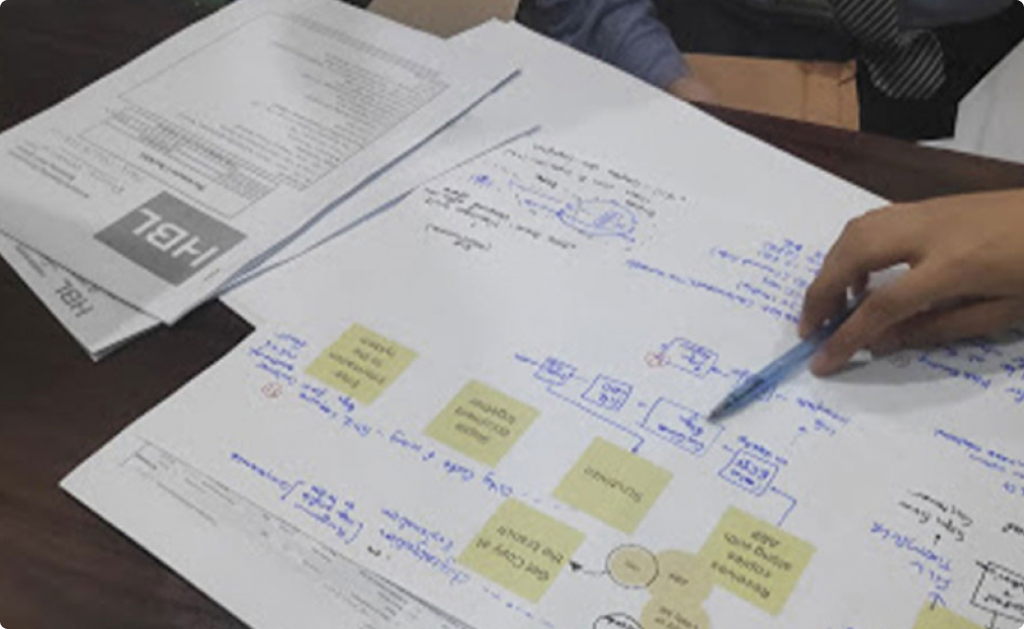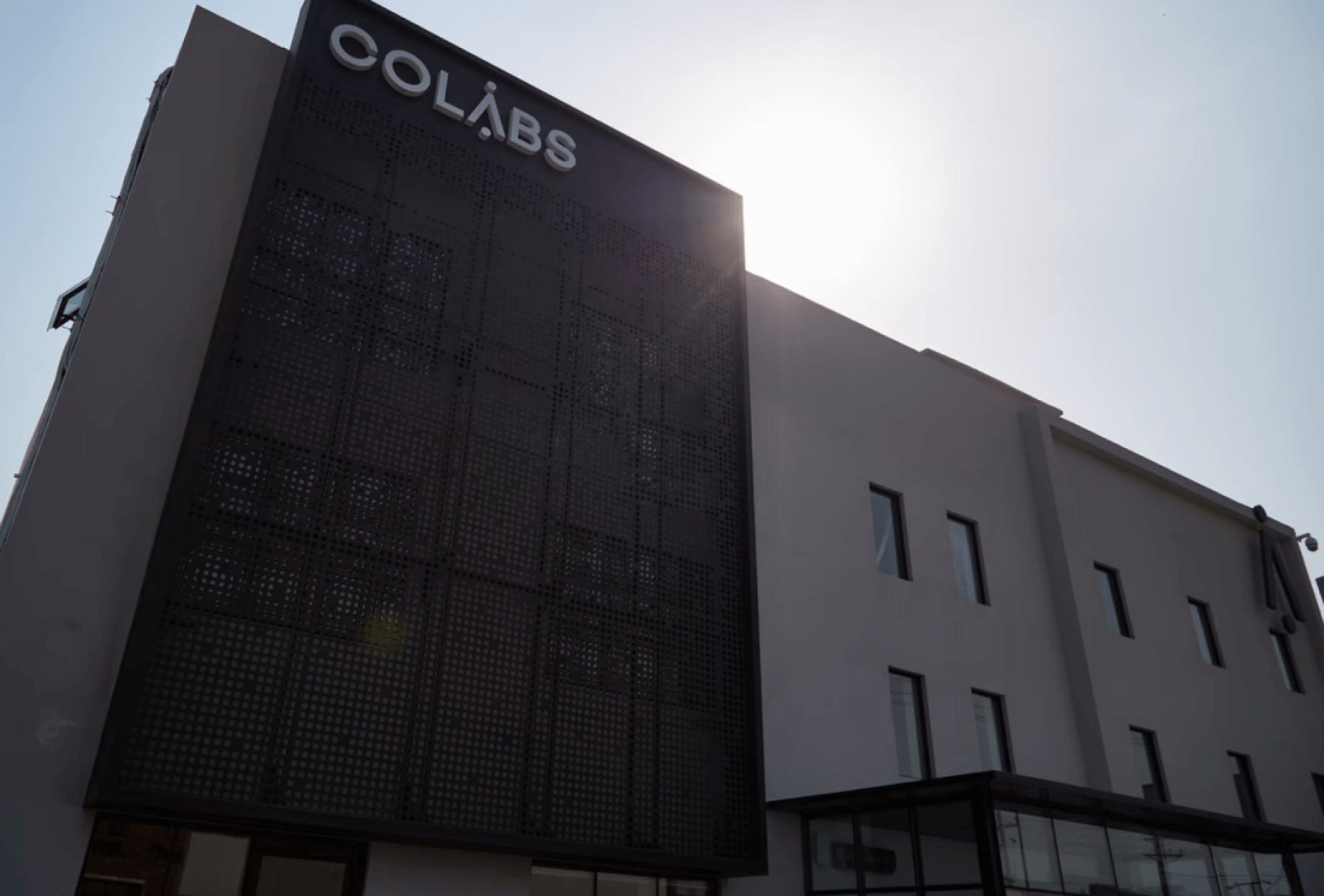HBL
Design Research for
Pakistan’s leading financial
institution
Pakistan’s leading financial
institution
Services
Service Design, Ethnography
0
m
users migrated to digital channels
0
%
year on year growth in digital transactions
0
%
cost reduction through digital transactions
Introduction
HOW IT BEGAN
HBL had a large on-ground presence with more than 1700 physical locations. People
across the world are changing how they interact with financial services, and HBL faced
a challenge in adapting to the changing needs of their vast customer base – which
crosses over 20 million customers across 15 countries.
across the world are changing how they interact with financial services, and HBL faced
a challenge in adapting to the changing needs of their vast customer base – which
crosses over 20 million customers across 15 countries.
problem we were trying to solve
The cost effectiveness of conducting transactions at a brick-and-mortar location is
significantly lower than that of a digital transaction. The organisation had to drive this
traffic towards digital platforms
significantly lower than that of a digital transaction. The organisation had to drive this
traffic towards digital platforms
our role
Designist partnered with HBL to understand how customers interact with financial
services in HBL’s brick-and-mortar branches, and what needs to be done to migrate
these users towards cost-effective digital channels
services in HBL’s brick-and-mortar branches, and what needs to be done to migrate
these users towards cost-effective digital channels
Design Process
Our team identified 7 core transactions that take place
at branches, both financial and non-financial. Such as:
The key was to understand why customers are going to
the branch to conduct these transactions vs doing so on
digital channels.

Our field research
provided us with over 200
customer interviews
We visited branches across Karachi, Lahore and
Islamabad to identify different insights that helped us
completely understand these 7 transactions.
Our field research provided us with over 200 customer
interviews, gathering data that was essential in building
detailed customer journeys.
Islamabad to identify different insights that helped us
completely understand these 7 transactions.
Our field research provided us with over 200 customer
interviews, gathering data that was essential in building
detailed customer journeys.


Customer Journey Mapping
Creating customer journey maps for all 7 transactions
helped us identify the friction and pain points that occur
for the customer, at each stage of their experience with
HBL’s service.
This first step of identifying pain points, for both users
and providers of the service, is helpful in laying
foundations that allow us to ideate solutions for these
pain points.
The journey map also helps identify the non-tangible
experiences that customers go through. Such as:
Customer Journey Map
Definition: A journey map is a visual representation that
helps identify all the touchpoints of a product or service
that a user experiences
helps identify all the touchpoints of a product or service
that a user experiences

Process Mapping
The process mapping exercise enabled us to engage
branch employees – particularly in understanding how
the transaction experience varied across different
branches.
Even with standardised process documentation, we
noted that each branch brings in their subtle changes in
approach – sometimes good, and sometimes not so good.
branch employees – particularly in understanding how
the transaction experience varied across different
branches.
Even with standardised process documentation, we
noted that each branch brings in their subtle changes in
approach – sometimes good, and sometimes not so good.


Artifacts Study
Designist also conducted an in-depth study into the
various artifacts that had to be utilised by the service
user and service provider – with the different approaches
build our process recommendations.
During this period, it was also noted how each branch
had a different mechanism to solve for common recurring
issues.
various artifacts that had to be utilised by the service
user and service provider – with the different approaches
build our process recommendations.
During this period, it was also noted how each branch
had a different mechanism to solve for common recurring
issues.
Leveraging on co-creation
Designist led a 3-day co-creative session with various
stakeholders from HBL, to reflect on different challenges
that we uncovered during our field research; faced by
the customers and the employees at the branches.
These ideation sessions were able to gather innovative
solutions and unique insights of each representative.
solutions and unique insights of each representative.

Session outcome
Our research laid the platform for the bank’s Channel
Migration agenda – where employees were incentivised
to ensure that customers shift their high volume, low
value transactions towards digital channels.
Migration agenda – where employees were incentivised
to ensure that customers shift their high volume, low
value transactions towards digital channels.
HBL and Designist, through this service design research, were able
to lay a foundation for the bank to move towards a digital first
identity – initially at the branch staff level, as that is the first level
of engagement for customers.
The Channel Migration agenda at HBL has led to more than 40%
year-on-year growth in mobile banking app users, and more than
90% year-on-year growth in digital transaction volume.




